By Rick VanSickle
When veteran winemaker Ron Giesbrecht decided to retire from a successful career as a professor at Niagara College’s Canadian Food and Wine Institute, he could not foresee the future ahead.
Giesbrecht was the winemaker at Henry of Pelham for 23 years, and he followed that up as the viticulture professor at Niagara Collage, before retiring after eight years and looking forward to what the next chapter held.
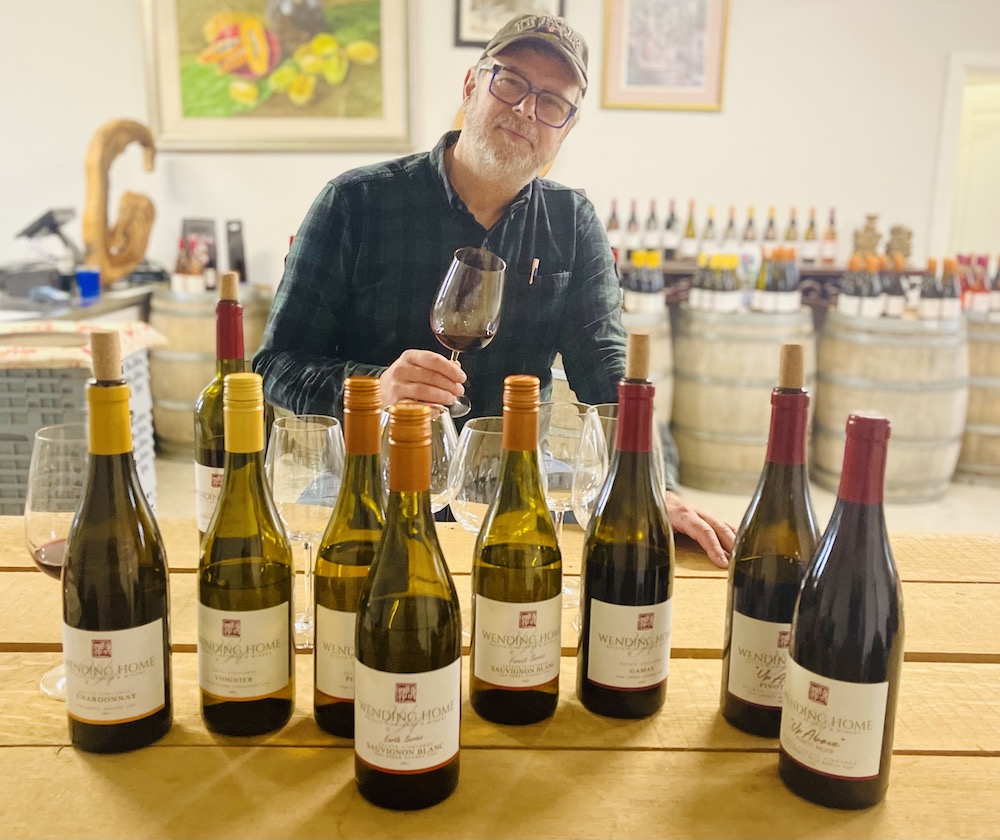
Giesbrecht, above, jumped at the opportunity to create a new boutique winery in the Creek Shores sub-appellation with business partner Huaying Feng. The two created Wending Home Vineyards and Winery with the bulk of the grapes coming from Feng’s vineyard that was planted with vines dating back to the late 1990s by Joseph Zimmerman. Feng has since added to the plantings.
It is a unique partnership. Giesbrecht, the scientist and viticulture professor at Niagara Collage and Feng, below, a previous student of Giesbrecht’s studying viticulture, who turned to the only person she knew who could help her realize the dream of making wine from the 26 acres of grapes on her farm. Grapes planted included Ehrenfelser, Auxerrois, Sauvignon Blanc, Gewurztraminer, Pinot Gris, Riesling and Chardonnay on the white side, and Cabernet Franc, Dornfelder, Gamay and Lemberger for the reds.
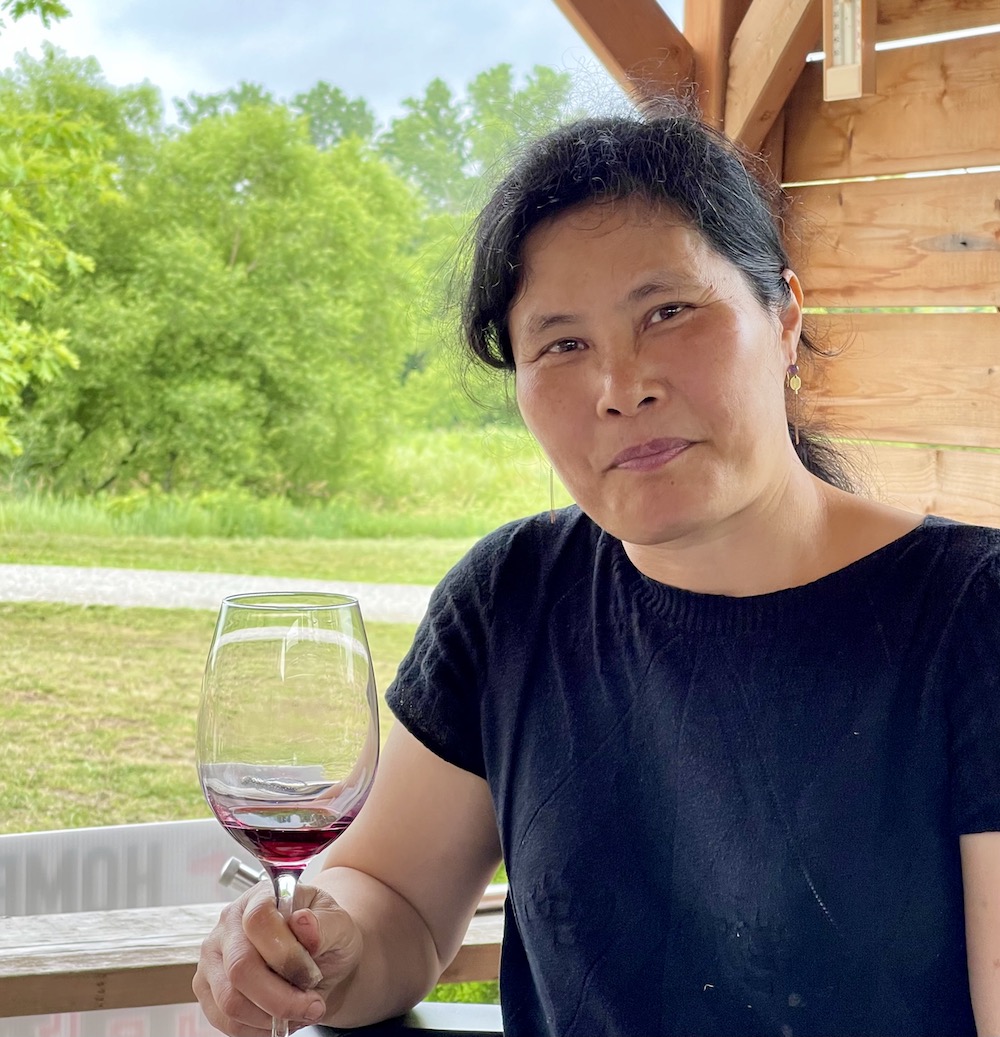
They dug in, forged a partnership, built a winery at the farm, harvested grapes from the 2019 vintage and released their first wines with Giesbrecht as the winemaker in the summer of 2021.
And then a series of unfortunate events began. First, the fledgling winery had to deal with COVID shortly after grapes had been harvested for the first vintage. Opening the winery to tastings would have to wait, while online sales began in 2021. Not ideal for a new winery, but the portfolio was well represented by the estate’s eclectic and established Niagara grapes over several bottlings.
Next would be the 2022 harvest, among the most challenging for Ontario’s grape growers following a perfect storm of climatic events. A drought through August 2021 stressed the vines, followed by nearly 50% more rain in September and October than the 10-year average. The vines were full of water, and a later-than-normal 2021 harvest and mild December meant that the vines did not acclimate fully for winter. This was followed by extremely cold temperatures through January, resulting in severe winter damage and vine loss, particularly in Niagara. Grape production was down 44% in 2022 reducing farm gate value by $49 million. Vine collapse, and in some cases, complete removal of vineyards caused significant financial losses for growers regarding additional costs to manage the vineyard. For Wending Home, it was just another hurdle to overcome and replanting what was lost loomed on the horizon.
As a result of the vine loss in 2022, there will be no Wending Home wines in that vintage, but lots coming from the 2023 vintage. Giesbrecht says that they have enough wine in reserve to carry the winery through the missing 2022 vintage. But one more calamity lay in the path of a smooth beginning for a promising young winery.
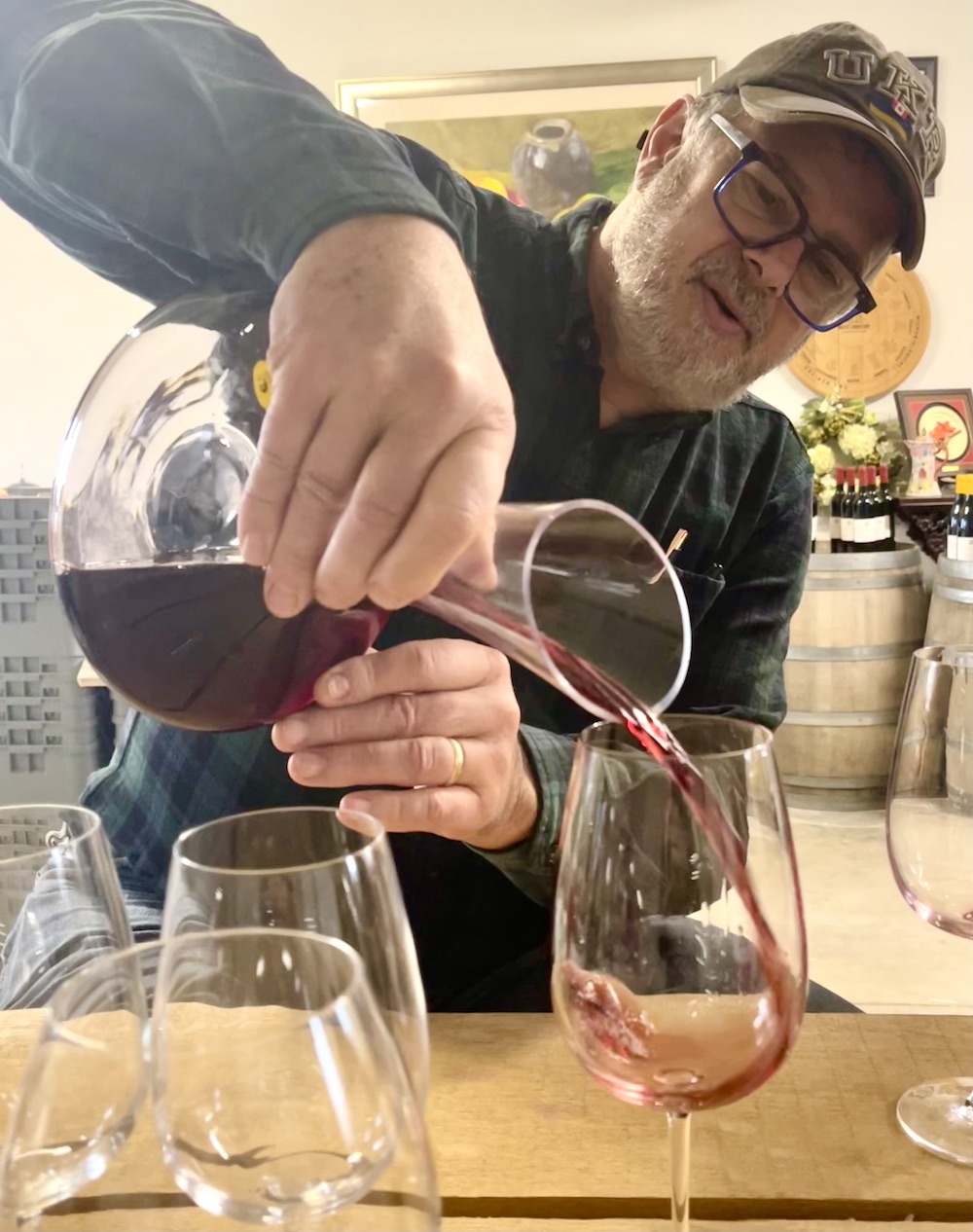
It’s called red blotch, and it is marching through the vineyards of Ontario like wildfire. Wending Home is not immune and will have to replace wide swaths of vineyards invaded by the disease. The problem with this new enemy for grape growers is that there is little visible difference between diseased and healthy vines until late in the season. Red spots or blotches start to develop in mid- to late-summer and coalesce as the season progresses, with most of the leaf blade becoming red. The affected grapes never reach ripeness despite otherwise looking completely heathy. Once the vineyard has been hit by red blotch, it spreads quickly, and replanting is the only remedy. Other symptoms of red blotch include:
• Clusters smaller than normal but with normal-sized berries; up to 30-50% loss in yield;
• Often matures late and irregularly;
• Low in sugar (25-50% reduction).
The solution, which always seems to be the same costly answer for grape growers, is to replant, with no guarantee you won’t be infected again a few years later, especially if wine growers around you haven’t dealt with the issue on their farms.
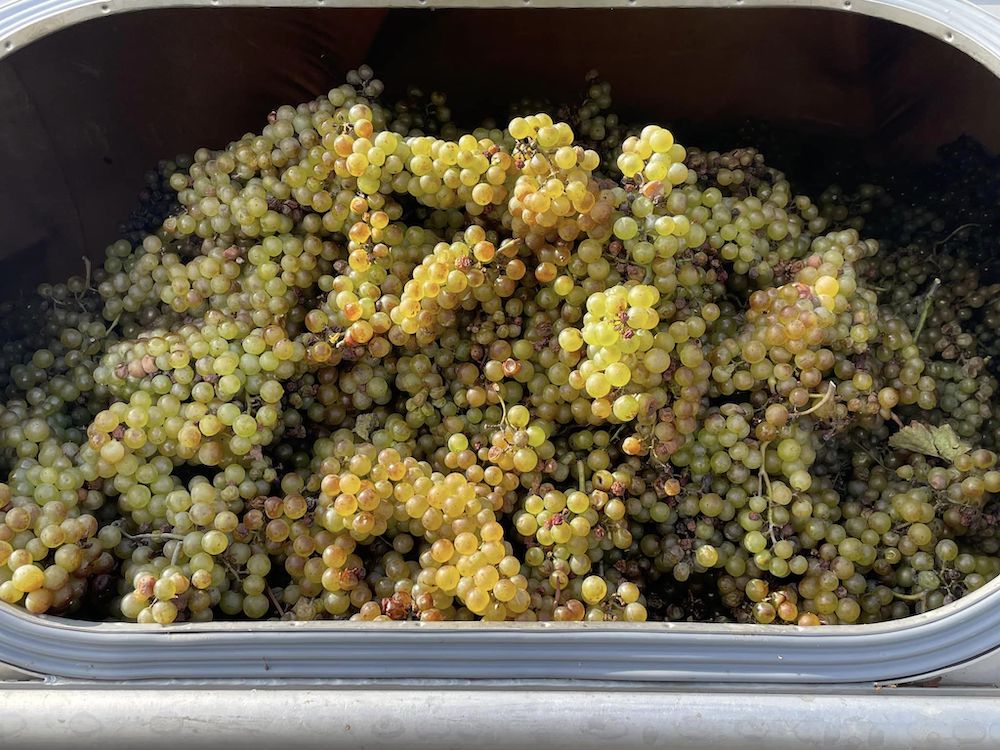
Giesbrecht and Feng are committed to the project and will replant as they can. For now, they are completing work on a new, comfortable tasting and retail room at the farm, a bright space with large side doors opening to the property. The cellar is stocked with new and upcoming 2021 white and red wines, and some 2019 and 2020 reds all crafted in various sizes of oak barrels, stainless steel tanks and Chinese made ceramic tanks.
After tasting with Giesbrecht, his daughter Emma, who handles the marketing and social media, and Feng, it’s evident there is no quit in this group. Obstacles are nothing more than challenges, and Giesbrecht has seen his fair share over a long career in wine.
Here’s what I liked from the tasting. Note: All these wines are available now (unless otherwise noted) at the retail store that’s open from Thursday through Sunday, 11 a.m. to 6 p.m., or through the online store here:
The white wines
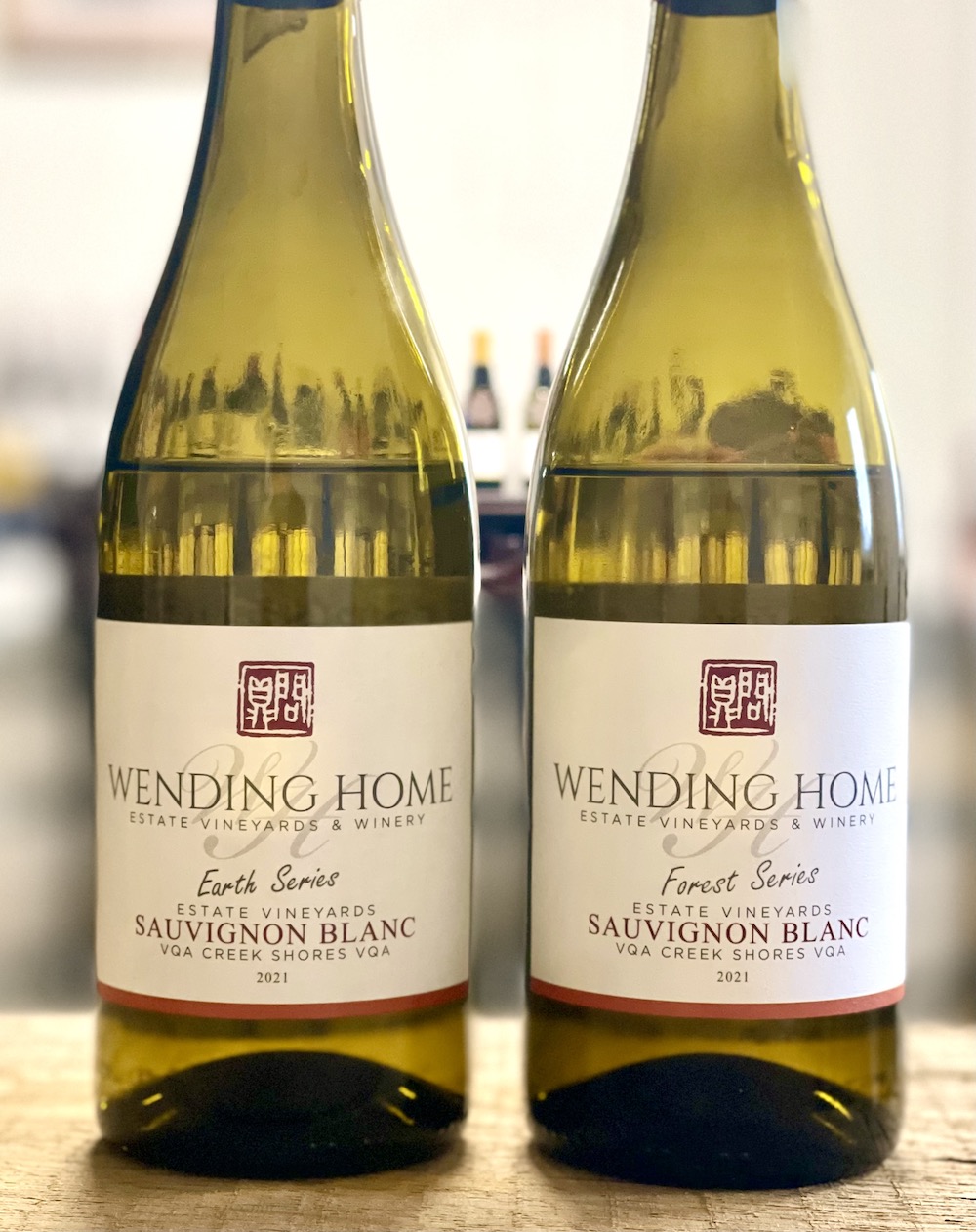
Wending Home Estate Earth Series Sauvignon Blanc 2021 ($28, 91 points) — Giesbrecht decided to create two versions of the estate Sauvignon Blanc for consumers to taste side-by-side and decide for themselves what style they liked best. The “Earth” series wine was fermented and aged in traditional earthen/ceramic vessels of various sizes that were purchased from China. Giesbrecht says the ceramic aging offers “a broader, more open and complex texture on the palate, with the mouth-watering tart fruit being mellowed by prolonged lees contact.” A unique feature of these vessels is that they allow minute amounts of oxygen to slowly find a way to react with the wine and soften it slightly, the winemaker said, migrating through the three-cm thick stoneware ceramic walls of the vessels. It’s bright and lifted on the nose with notes of grapefruit, kiwi, passion fruit, pear, and herbaceous accents. It has lovely texture and purity on the palate with tart citrus, pear, melon, fresh herbs, kiwi, and tingly acidity on the bright finish.
Wending Home Estate Forest Series Sauvignon Blanc 2021 ($35, 92 points) — The “Forest” series Sauvignon Blanc begins exactly as the Earth version but uses large format 500L puncheon oak barrels instead of ceramic vessels for aging. This shows a bit more elegance and restraint on the nose with notes of fresh pear, herbs, melon, passion fruit, hints of toasty vanilla and elegant spice. It’s quite bright and lively on the palate, but a touch more mellow and rounded than the Earth version. There is depth to the grapefruit, fruit, pear, and kiwi fruit on the palate with richness, spice and bit more weight and spice on the bones that all lead to a lifted, finessed finish. Could age this for two or three years.
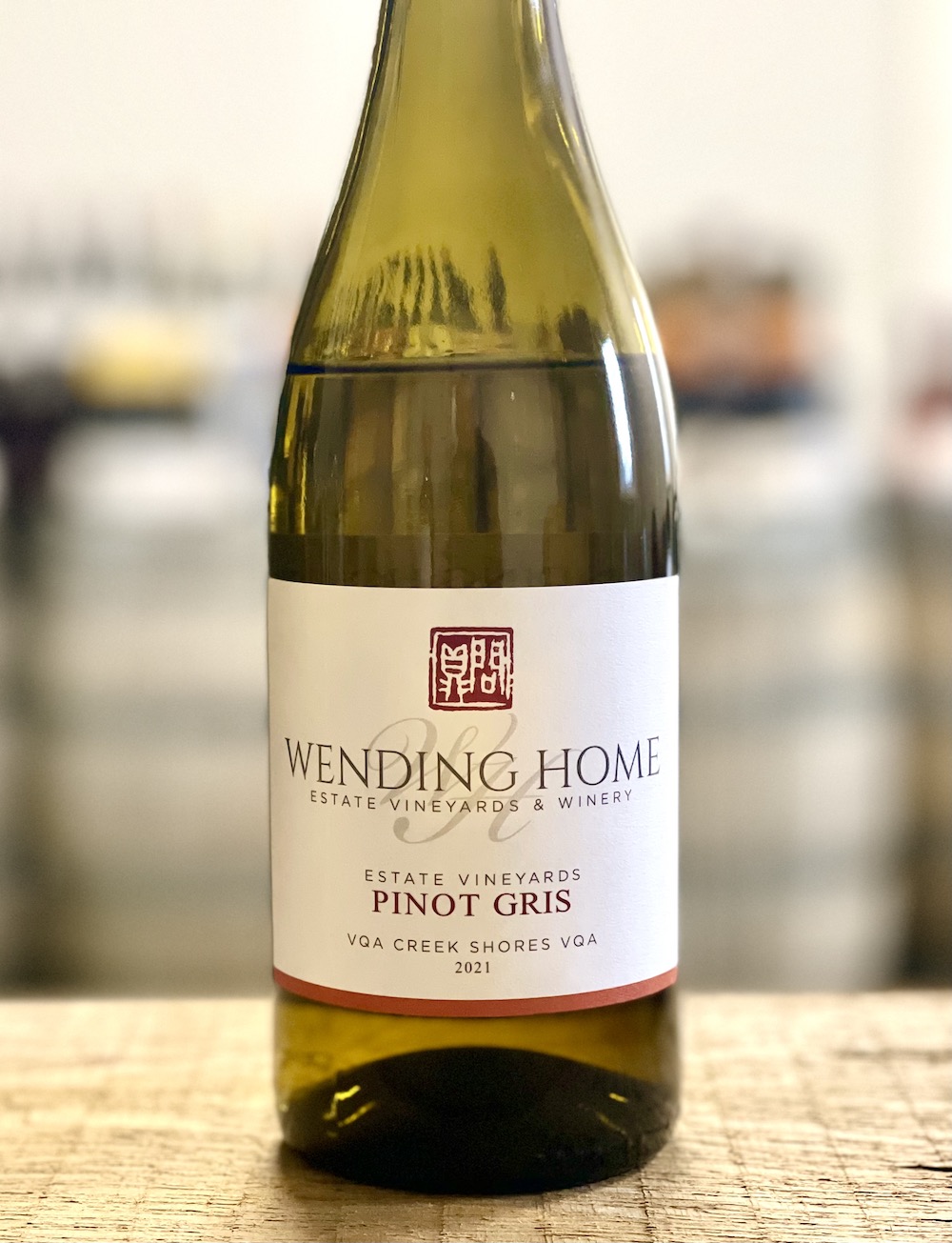
Wending Home Estate Pinot Gris 2021 ($28, 90 points) — Giesbrecht is particular about his Pinot Gris and doesn’t want consumers to confuse it with the lighter, dock sipper styles normally associated with this ubiquitous grape. “It’s not Grigio,” he says. “I’m more interested in complexity.” He achieves that here with a later pick, despite the misty, damp fall in 2021. It has a lifted nose with lovely floral notes, poached pear, peach, melon, and citrus. It’s rich on the palate with lanolin/beeswax notes, flecks of honey, peach tart, ripe pear, and lemon zest with a fairly bright finish.
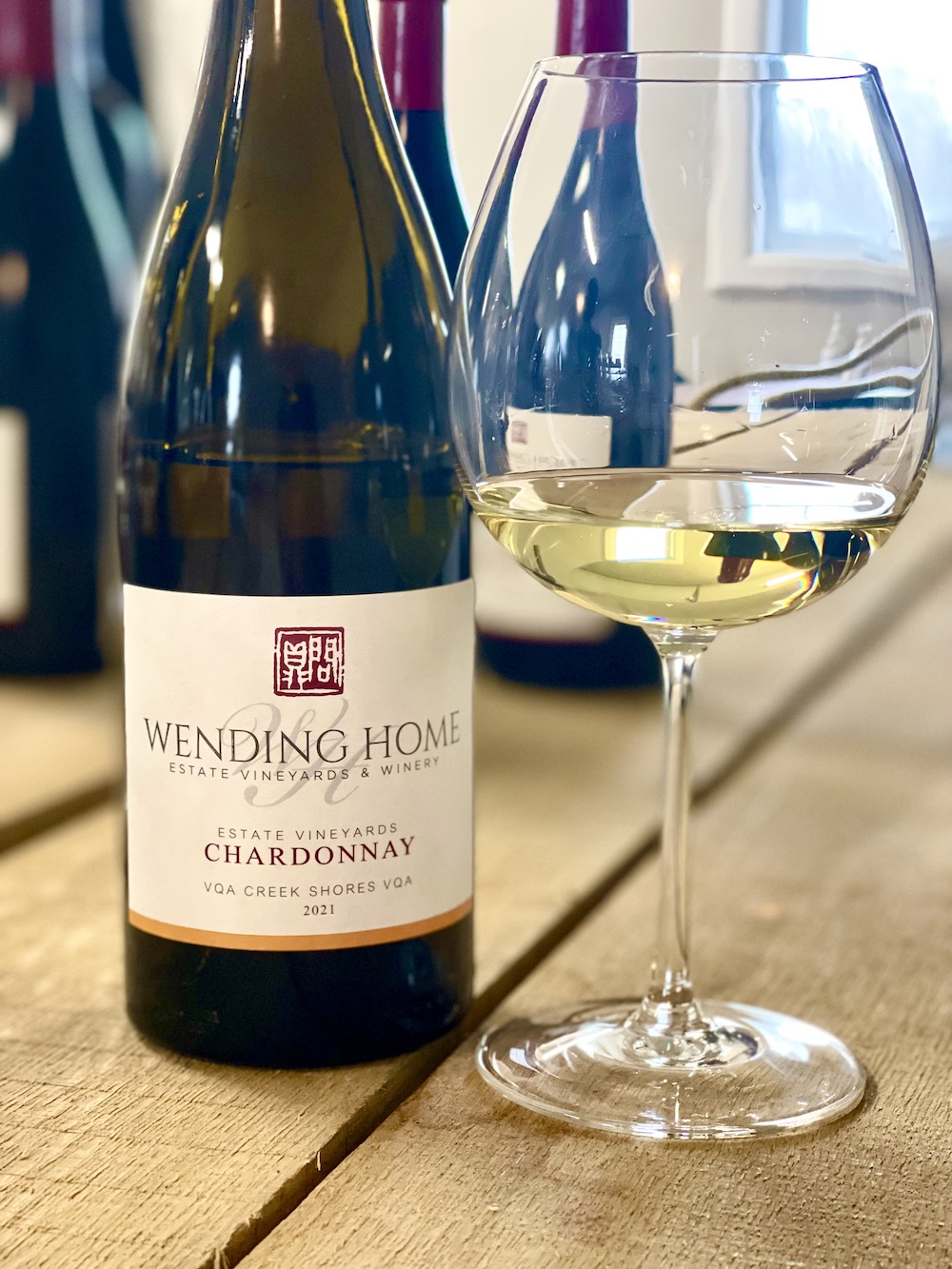
Wending Home Estate Chardonnay 2021 ($35, spring release, 91 points) — The estate Chardonnay is aged in French oak, only 10% new wood, for 11 months. It has a rich and savoury nose that opens up to pear, lemon tart, yellow apples, nectarine and subtle vanilla and spice. It’s concentrated on the palate with a complex array of ripe pear, quince, smoky/saline notes, subtle butterscotch and spice all leading to a bright, lingering finish.
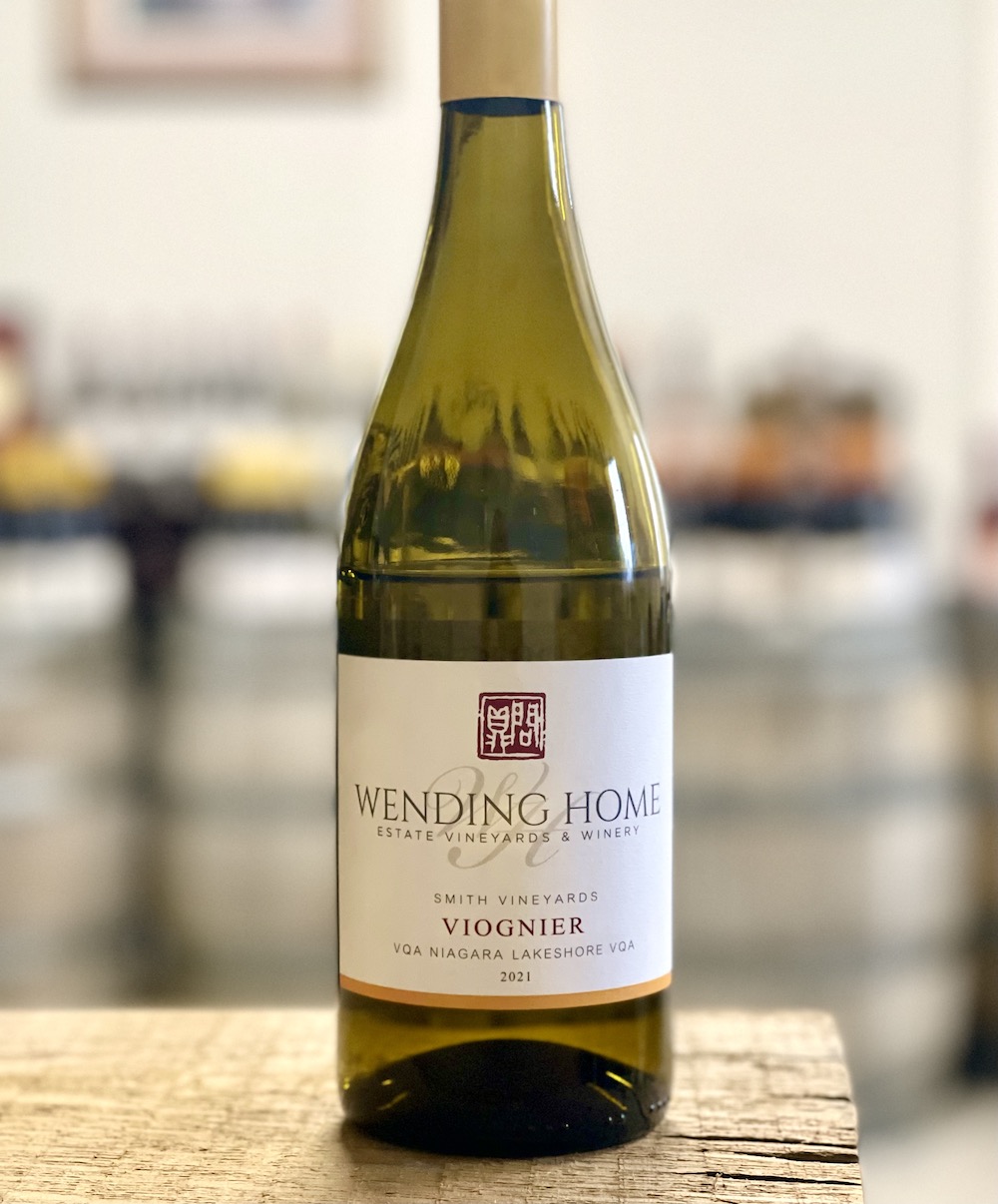
Wending Home Smith Vineyard Viognier 2021 ($28, 91 points) — The Rick Smith Vineyard in the Niagara Lakeshore sub-appellation is in its 23rd vintage. It was fermented and aged for nine months in a combination of used 228 and 500L French oak barriques and puncheons. It has a rich, luxurious nose of apricots, poached pear, florals, peach, honeysuckle, and spices. It’s unctuous on the palate with notes of apricot tart, peach, “like sucking on a peach pit,” says Giesbrecht, a subtle note of honey, mango, and exotic baking spice notes with enough acidity to keep it fresh on the finish.
The red wines
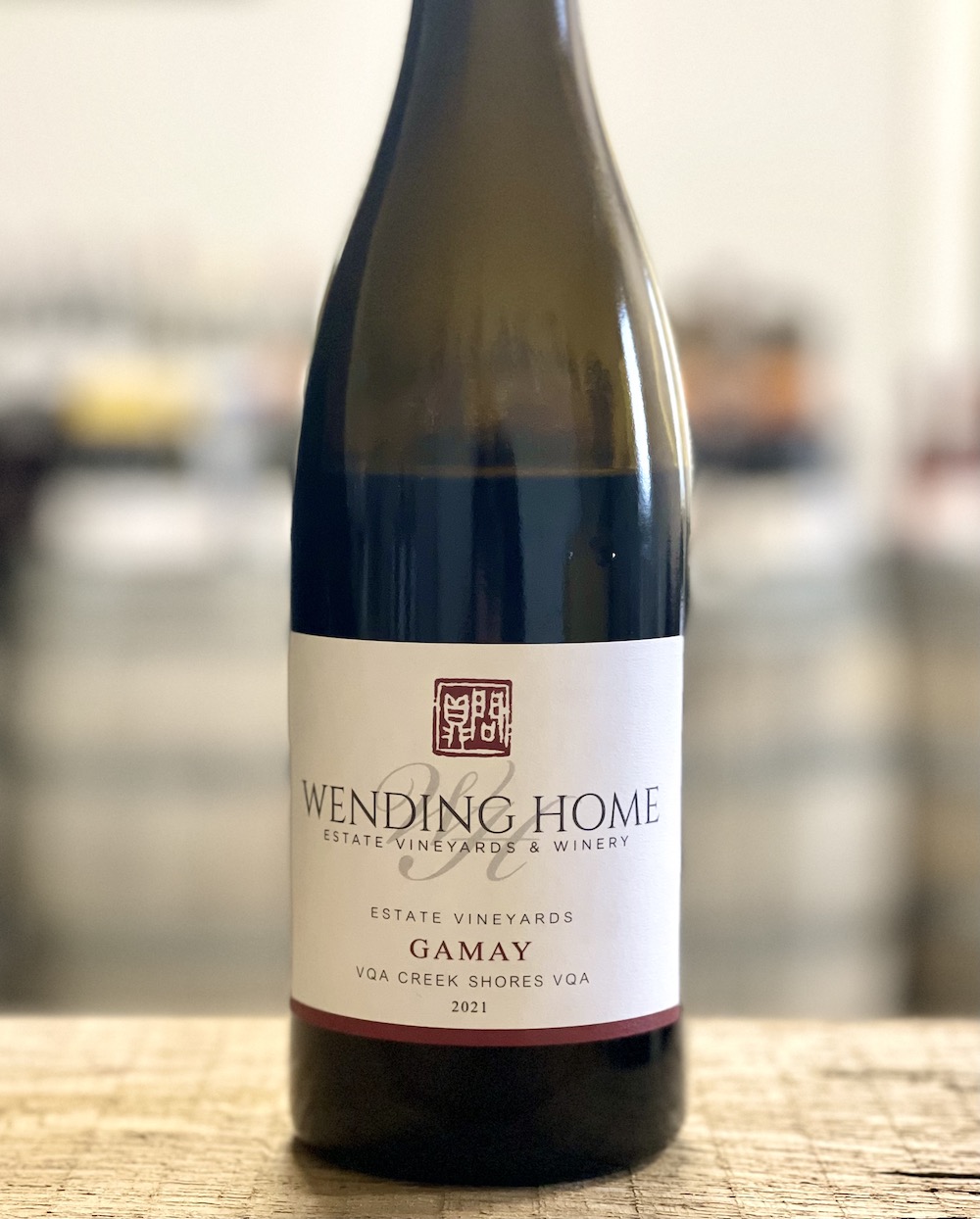
Wending Home Estate Gamay 2021 ($30, 92 points) — This Gamay is aged in used oak barriques for 18 months. It has a fresh and floral nose with dark cherries, black raspberries, purple plums, a touch of anise and spice with earthy/brambly accents. It’s rich and savoury on the palate with earthy accents, violets, ripe red berries, licorice, light pepper notes, herbs, spice and a lovely, lifted finish. Aging for two or three years isn’t out of the question for this more structured style of Gamay.
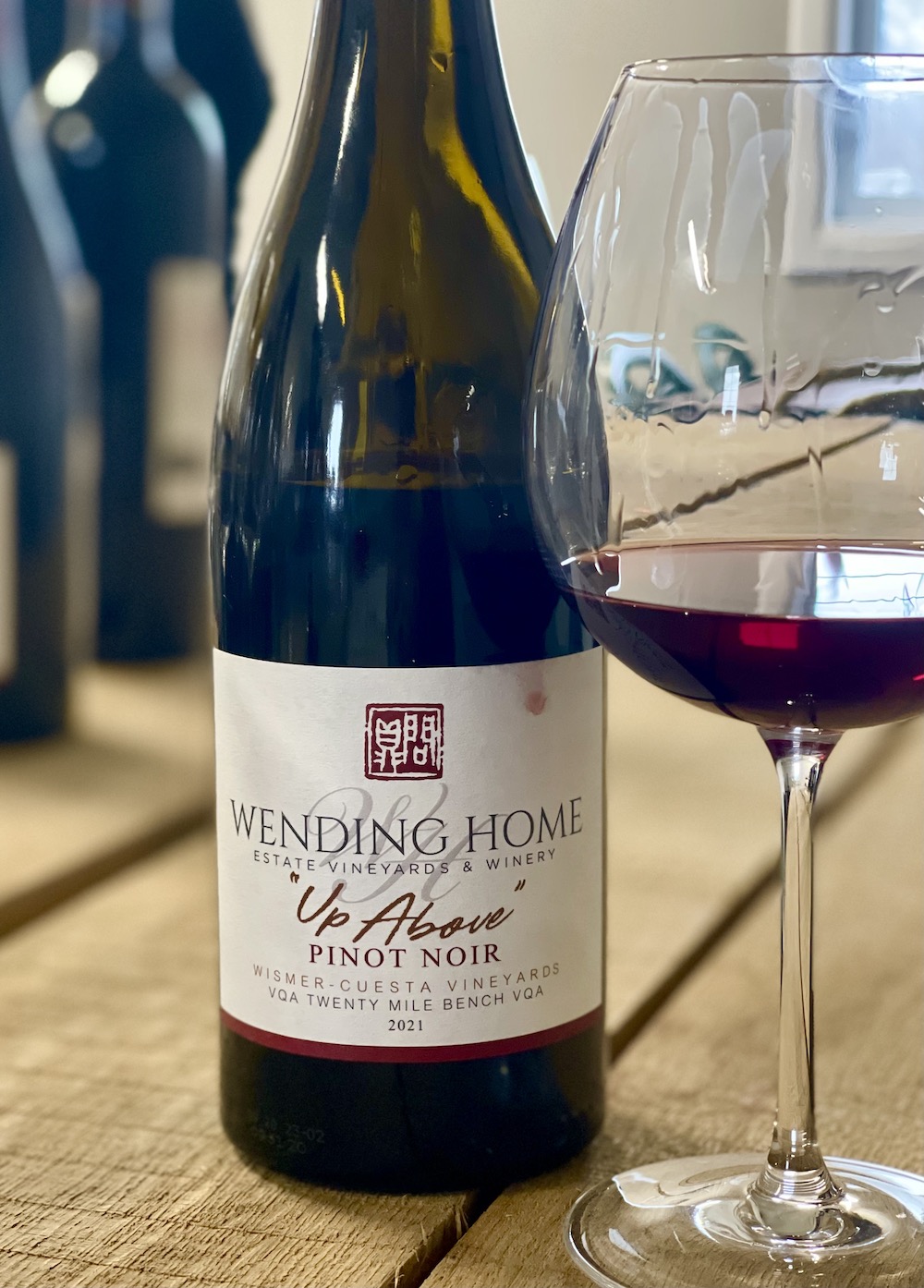
Wending Home Up Above Pinot Noir 2021 ($43, 92 points) — There is no Pinot Noir grown at Wending Home, so Giesbrecht chose a vineyard that was just “up above” his childhood home. The grapes are sourced from the Wismer-Cuesta Vineyard, located on the south side of Old Highway 8 between Vineland and Jordan on the Twenty Mile Bench, with aging half in puncheon and half in barrique (16% new oak) for 8-9 months and it was partially wild fermented. The vineyard was planted in the mid-1990s to Clone 777. It has an attractive, perfumed nose with earthy dark cherries, brambly black raspberries, violets, some anise, darker berries, spice and what Giesbrecht calls “iron/bloody” minerality. It has lovely texture, smooth tannins, and energy on the palate with ripe red berries, underlying earthy/savoury notes, crunchy pomegranate, anise, and razor-sharp acidity through a long, lifted finish. Good structure here for short-term, say four to five years, cellaring.
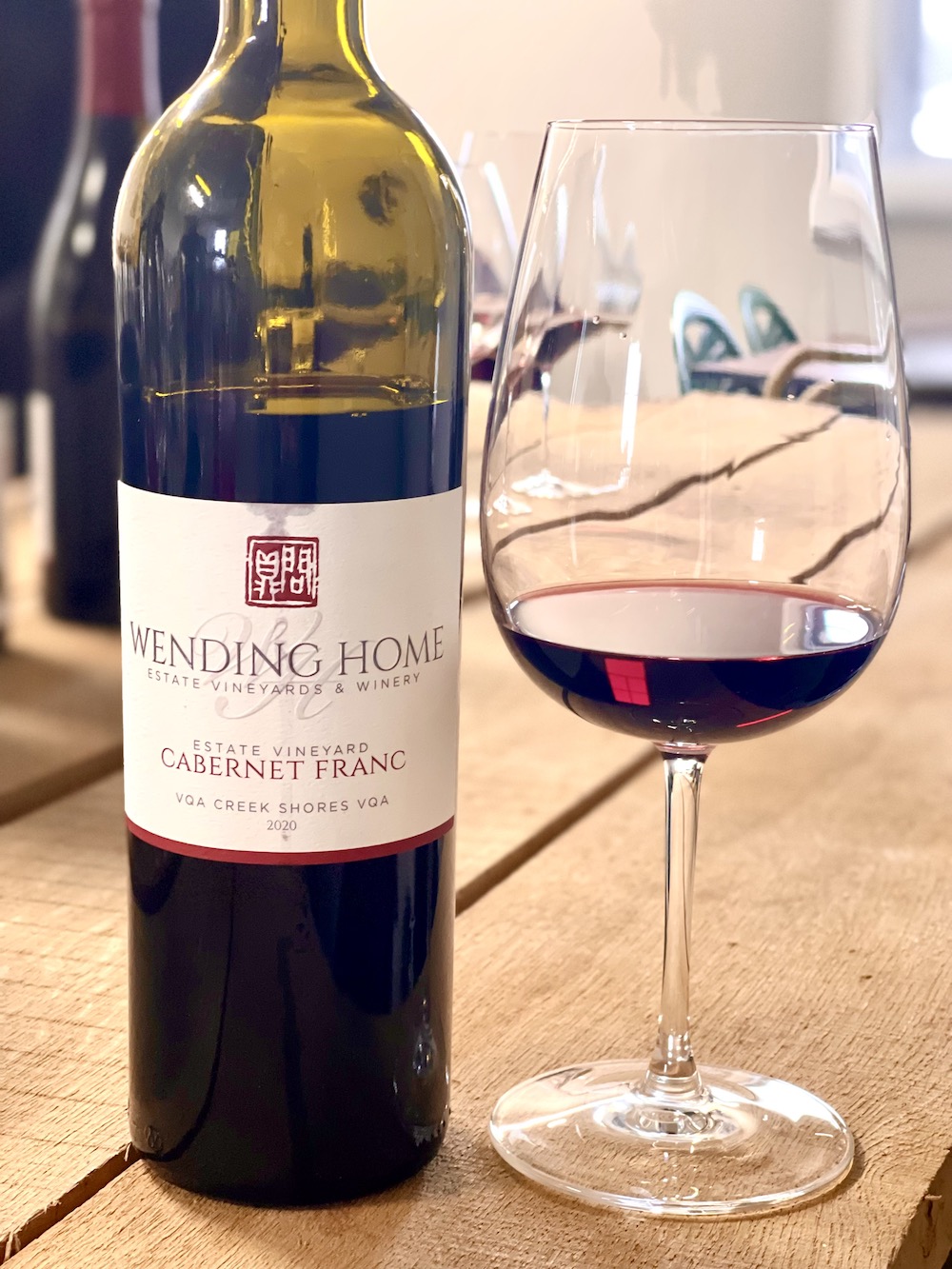
Wending Home Estate Cabernet Franc 2020 ($45, 93 points) — Fermentation was in stainless steel with extended skin contact for 30 days followed by 24 months in mainly French oak (about 20% new). I love this wine, a fearlessly textbook example of Niagara Cabernet Franc with a beautifully lifted nose of ripe red berries, complementing herbaceous/subtle pyrazine notes, anise, black currants, and elegant spice notes. I applaud resisting the temptation to over saturate this well-balanced Cabernet Franc from the warm 2020 vintage and embrace what makes this variety so beloved. It’s concentrated on the palate, yes, but it still maintains an herbaceous vein that melds perfectly to ripe brambly raspberries, earthy cherries, forest berries, savoury notes, a firm tannic backbone and rousing spice notes that linger on a long, finessed finish. Can easily cellar this for 8+ years.


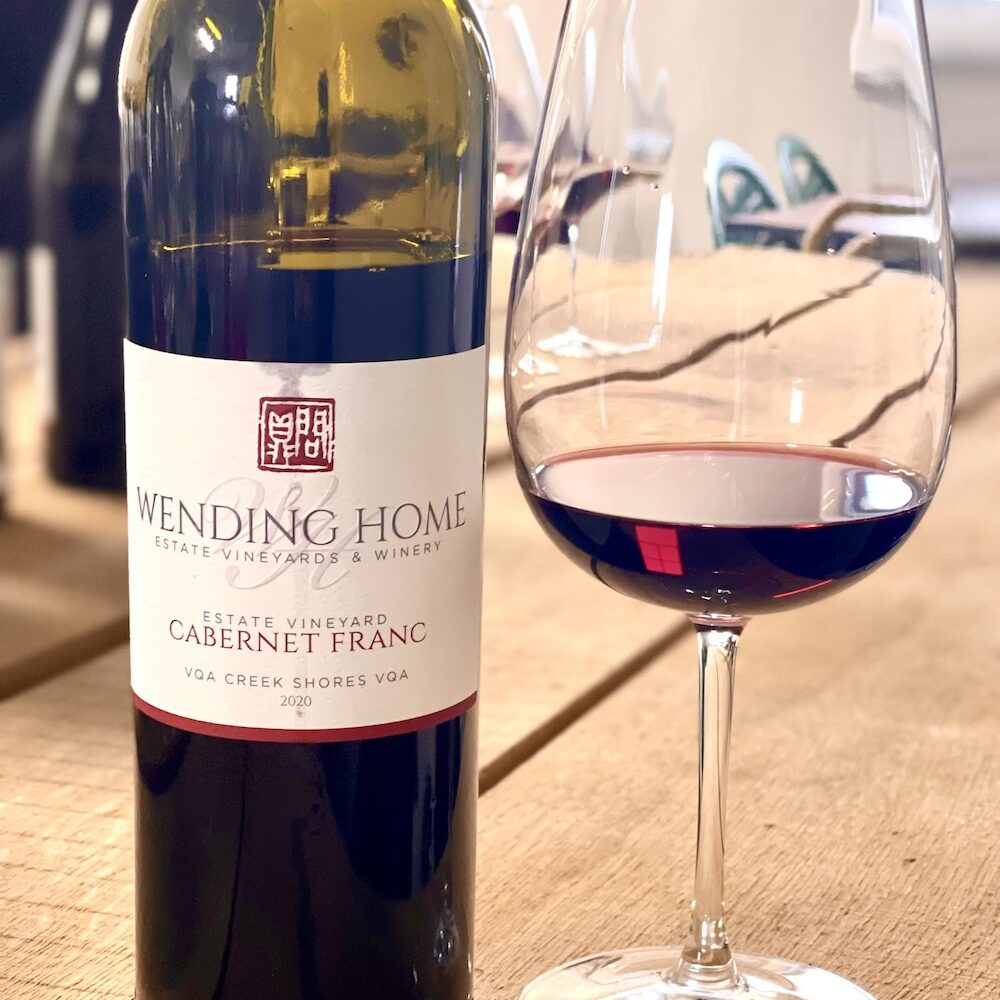




NC was so fortunate to have Ron for the several years he was there. His many students benefitted from his expertise, passion, and experience and he ensured graduates from his classes were industry-ready. Now, he’s back to doing what makes his heart truly sing – making wine. I’ve tasted many Ron-John wines over the years and there are few winemakers in the history of Niagara who have produced such consistently high quality wines across such a broad range of grape varieties. Baco Noir, trad method bubbly, Bordeaux reds, Riesling, Chardonnay, and now Ehrenfelser, Syrah, and so many others. Many of his 90’s blockbuster reds are still shining after more than 25 years of cellaring. I particularly appreciate that Ron and Huaying have forged a different path with Wending Home. Such unique blends and innovative branding. Red Blotch ain’t stopping this guy!